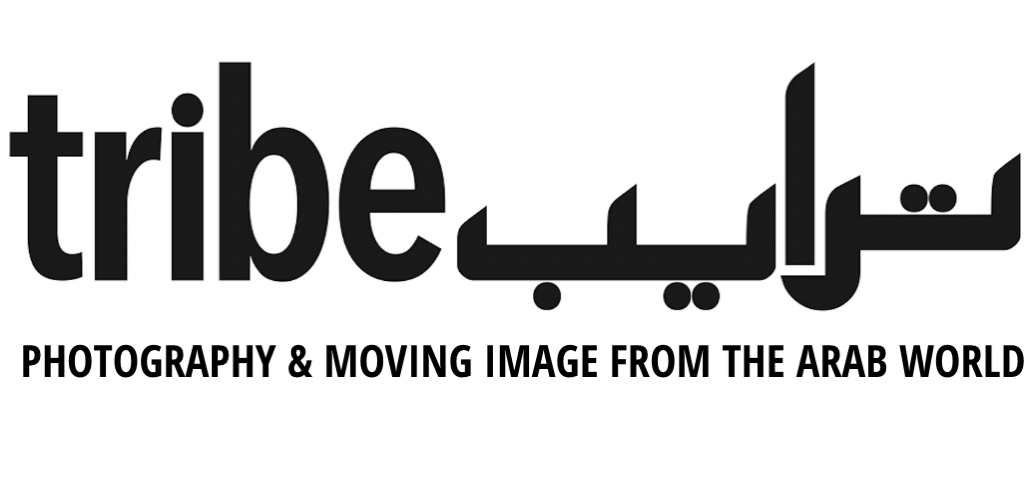Ayman Baalbaki: Under the influence
Smartphone photographs serve as inspiration
Ayman Baalbaki, Untitled, iPhone photo (reference material for Concrete Beirut Barrier). Courtesy of the artist.
With text by Lizzy Vartanian Collier, arts writer and curator.
‘We are in a period of explosion of photos, the camera and the photos are everywhere, surely they became essential and heavy.’ – Ayman Baalbaki
Ayman Baalbaki, who was born in Adaisseh, Lebanon, is famous for his large-scale paintings of conflict. His canvases, densely covered in thick oil and acrylic paint, often consist of destroyed buildings, combat and weapons. And, while he is known across the world as a painter, these artworks—which have been exhibited at the Venice Biennale and are in the collection of London’s Tate—have been influenced by photographs taken on Baalbaki’s smartphone.
‘The relationship between painting and photography is an organic bond and a mutual enrichment,’ says Baalbaki, ‘We have a long demonstration of this example in the history of art. The two support [painting and photography] the imagination that reproduces and offers new benchmarks to another.’ In effect, Baalbaki is likening the photographs he takes to the sketches artists have made in preparation for constructing a larger painting throughout history, or the act of artists copying the work of one another in order to improve their own skill. That said, Baalbaki explains that he is aware that some frown upon using a photograph as a reference. ‘During my academic studies the use of pictures to paint was a flaw, almost a taboo,’ explains Baalbaki, who studied at the École Nationale Supérieure des Arts Décoratifs in Paris, ‘In my work the use of the photo was a choice that contradicts my training, the choice was imposed by my approach in a research phase that was related to memory and more to a memory that fades quickly... I base myself enormously on photos, but this may not be the case for my journey in the future.’
Amongst his images are a number of self-portraits that were not taken on a smartphone—in which Baalbaki’s face is covered in a scarf. The photographs look like studies for paintings from a series called Al Moulatham, which date from 2008. In the images a man appears with his face covered by a kuffiyeh, a garment that is often associated with war. ‘The first Moulatham were taken from pictures that I had found in newspapers and magazines, after [these paintings] I had the desire to compose a scene more faithful to what I think in perspective and look,’ explains Baalbaki, who could not find the original high definition images, so sent a picture of the photographs from the paint splattered floor of his studio.
Baalbaki was born in 1975, the same year as the beginning of the Lebanese Civil War, and his paintings are most often associated with the conflicts that haunt the region. His photographs too remind the viewer about those effects of war. Amongst the iPhone images are the road markings covered in the Lebanese flag that one can expect to see across Beirut, as well as buildings covered in bullet holes, and other structures that are struggling to stay standing at all. ‘We live in a chaotic region, massively destroyed, broken and torn, and my painting is related to this reality’, explains Baalbaki, ‘The panels I take pictures of are more for pictorial influences for the treatment of my painting and the use of materials... than the representation of the photo itself.’ In some of the photographs the posters that are covering buildings are ripped and torn, and it is almost like you can touch the textures. The viewer has the same feeling when confronted with Baalbaki’s paintings, where they are tempted to reach out and touch the dense layers of paint.
‘I am inspired by reality, by moving between my influences,’ Baalbaki explains, ‘I create a kinship between subject and treatment of the painting, where the street and its aesthetic reality remains my first basic inspiration.’ Like the paintings that take inspiration from them, Baalbaki’s photographs comment on the effects that war and destruction have had on Lebanon. The images are raw, un-airbrushed and honest, confronting the viewer with an aftermath that is very much present across the country.


